Environmental Control & Metering
For Bioactive Terrariums & Live Vivariums
About Cooling
Your ambient room temperature is the biggest decision maker when it comes to purchasing additional cooling supplies. If the room your vivarium will be kept in remains between 67-74F year round, additional supplies usually aren't necessary! Some lighting kits run hotter than others, and our recommended options (and their heat ratings) are described on our Lighting Kits pages. We recommend considering both your ambient room temperature and your lighting kit when determining whether or not a cooling device will be necessary. If ambient room temperature will be 10-15°f cooler than the max recommended for the species of animal you are working with, you almost certainly won't need to worry about additional cooling for your vivarium. Especially if you'll be using one of our cooler-running lighting kits. 
About Keeping Glass Clear
Most enthusiasts think "cooling" when fans are mentioned, but they are also useful for super-humid vivariums where condensation on the glass becomes an issue. In that case, these fans can move enough air through the enclosure to prevent condensation build-up completely. If your enclosure isn't expected to remain over 85% R/H, condensation probably won't be a concern, so you can skip the added expense. On a related note, a little condensation in the early morning isn't something we generally try to prevent at NEHERP. Think of it like morning dew. 
About Heating
This might seem like a lot of reading, but there really is a lot to consider! Heating a vivarium properly requires a combination of controlling airflow and using the right type of heat source. Every situation is different, and there's no "one size fits all" solution for this. We can only provide a rough idea of where you might want to start. Expect to do a little tweaking to get things perfect. We've got some more detailed advice with regards to heating a vivarium, but it's a long read... Click to read more.
The importance of controlling airflow...
Most of the vivariums our customers build require a minimum of 55% relative humidity to thrive. Many methods of heating enclosures will drastically reduce humidity levels, so it's important to balance air flow when possible. Sealing part of the enclosure's top using glass inserts (or similar) will act as a basic insulator & help keep both heat & humidity within the enclosure. Once airflow is controlled properly, both temperature & humidity should remain more consistent & easier to control.
Advice for creating basking areas...
If you'll be using a basking area, we strongly recommend utilizing a thermostat with a probe mounted near the hottest area. There are many available heating solutions, but we don't recommend using any without a thermostat for safety. Our favorite setup for a basking area would be with a Pulse Proportional Thermostat, Wire Fixture, and Ceramic Heat Emitter. The simplest setup would be with a Basic Thermostat, Basic Dome Fixture, and a Black Incandescent Light. (This paragraph assumes you'll be using a NEHERP Vivarium Lighting Kit, so you won't need additional visual light from a "day" basking spotlight!)
Advice for lightly warming a whole enclosure...
To slightly raise the temperature within an enclosure, we recommend using a Zoo Med Under Tank Heater mounted to the side or rear of an enclosure. Zoo Med Repti Heat Cables can alternatively be used in either of those locations. We try to mount these types of heaters as low as possible, and out of sight. A thermostat is a good idea for this type of thing, and either heating method is compatible with any thermostat we carry.
Important Safety Related Suggestions:
1) We strongly recommend using the live vivarium's acclimation period (before introducing the animal) to iron out any heat related solutions.
2) Our vivarium lighting kits can be placed over our glass inserts without issue, but it's important to never position UVB or heat lamps over glass inserts.
3) Under tank heaters are technically not supposed to be used underneath a properly built live vivarium, due to the water in the drainage layer.
4) If the ambient room temperature will ever get cold enough to be potentially dangerous for your pet, please read this important info.
Regarding Cold Ambient Temperatures
If the ambient room temperature will ever get cold enough to be potentially dangerous for your pet in the short term, please consider heating the room or moving the enclosure to a warmer area. We try to offer the best herp supply gear out there, and we're confident in their reliability. That being said, keeping temperature sensitive animals in an especially cold room is indisputably risky, and we don't recommend it. If moving the enclosure to a warmer area isn't possible, we recommend heating the room.
A basic oil filled radiant heater is ultra inexpensive, and the least expensive mechanical ones can be dialed back to the "low" setting which should only consume around 500-600W while the element is on. It might sound like a lot, but elements in those types of heaters don't run constantly, since the oil stays warm for quite a long time. It's worth keeping the temperature to a reasonably comfortable (for a human) setting. From there, if necessary, you could use some of the hobby's heating methods to bridge the (smaller) temperature gap. In any case, this practice is reliable, cheap, and the monthly bill (if the room isn't too big) shouldn't be too bad.
While you are here reading this, we should mention that we actually recommend against the higher-end digital oil filled heaters because they don't always reset themselves after a power loss. Less expensive mechanical heaters with dials & switches only will always turn back on automatically after a power failure.  We've used Delonghi's basic model as a back-up heating method for years at NEHERP without any issues. (You can find them at Home Depot & Lowes!)
We've used Delonghi's basic model as a back-up heating method for years at NEHERP without any issues. (You can find them at Home Depot & Lowes!)
Thanks for taking the time to read this lengthy explanation!
About Humidification
Keeping humidity within an acceptable range requires the amount of airflow & misting to be carefully balanced. If you are looking for more humidity, we generally recommend starting by controlling airflow using our glass inserts or a partial glass top. The act of controlling airflow will help minimize drastic & sudden drops in humidity which can be caused by ambient room conditions, and help keep conditions steady. To boost humidity from there, we recommend misting the enclosure. The frequency & duration of the misting schedule (either by hand or automated system) will depend on your ambient conditions, ideal conditions for your animal(s), enclosure type, and more. It'll take some adjustment on your end once the enclosure is set up, but settling on a proven misting schedule is usually a pretty simple task.
We recommend using an automated system if it's comfortably in your project's budget to do so. Automation makes maintenance almost completely hands-off, and the plants & microfauna will benefit from the regularity. Having said that, an automated misting system isn't necessarily essential for those who'll be diligent about hand misting.
Digital Probe Thermometer & Hygrometer
An accurate, digital gauge with high/low temp & humidity memory
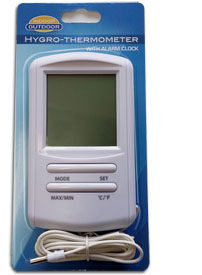
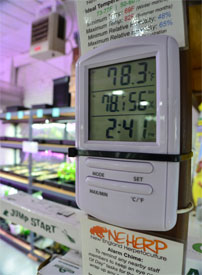


Zoo Med Digital Probe Gauges
The most accurate mainstream herp brand gauges
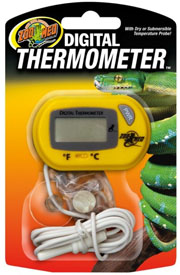
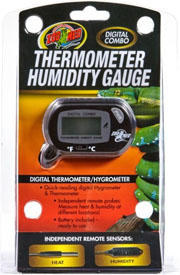




Zoo Med Infrared Thermometer
Our most-used method of monitoring temperature
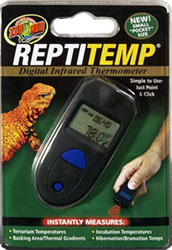


Non-Stock Product Recommendation:
Professional Metering
Pricey solutions for professional results
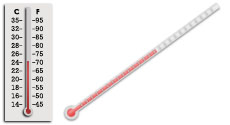
NEHERP Staff Recommendation:
When it comes to metering equipment, professional results require professional tools. While the term "professional" gets thrown around a lot in this industry, to be honest, you just won't find (real) professional grade metering tools at any terrarium supply or pet stores. A lot of mainstream terrarium/herp supply companies make a bunch of really solid metering tools of course, but "professional-grade" is a whole different level than consumer-grade in this case. That being said, truly professional thermometers and hygrometers are overkill for 99% of our customers, and their costs are sure to raise some eyebrows. Here's what you should know about pro-grade versus consumer-grade metering tools.
When businesses like us say a consumer-grade meter is "accurate", we mean it's accurate to within a reasonable amount of wiggle room. For someone trying to heat a terrarium to an ideal temperature for their animal, being accurate to within 1-2°f is acceptable for the most part. In a laboratory setting, the same 1-2°f swing could be a deal-breaker. If you want something certified-accurate, you'll need certified equipment. Professional grade metering tools are accurate according to calibration tests and independent verification, while consumer grade meters are not held to the same standards. When browsing lab-grade thermometers and hygrometers, you'll see words like "certified", "traceable", or "calibrated to NIST standards". Those terms aren't marketing terms, they are factual statements describing a tool's accuracy.
Our favorite brand of calibrated/certified professional grade thermometers and hygrometers is Fisher Scientific. We aren't affiliated with them, and we don't earn a commission for these links. That being said, if you are looking for an (actual) professional grade metering tool, we'd recommend visiting FischerSci.com and browsing around. The least expensive traceable thermometer appropriate for an incubator is around $33, though it only reads in Celcius rather than "Freedom Units". Professional grade probe thermometers and infrared thermometers seem to be in the $97-$220+ range. If you are interested in a truly professional option, check out the links below.
External Links To Fischer Scientific:
We don't carry these at NEHERP, aren't affiliated with FischerSci, and earn nothing through the above links. ♥




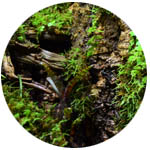


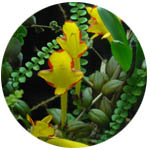
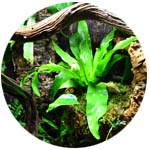
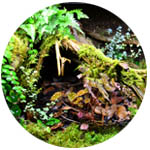
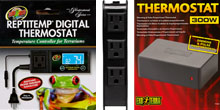 Environmental:
Environmental: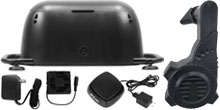 Environmental:
Environmental: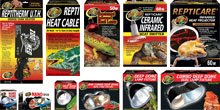 Environmental:
Environmental: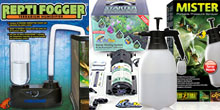 Environmental:
Environmental: